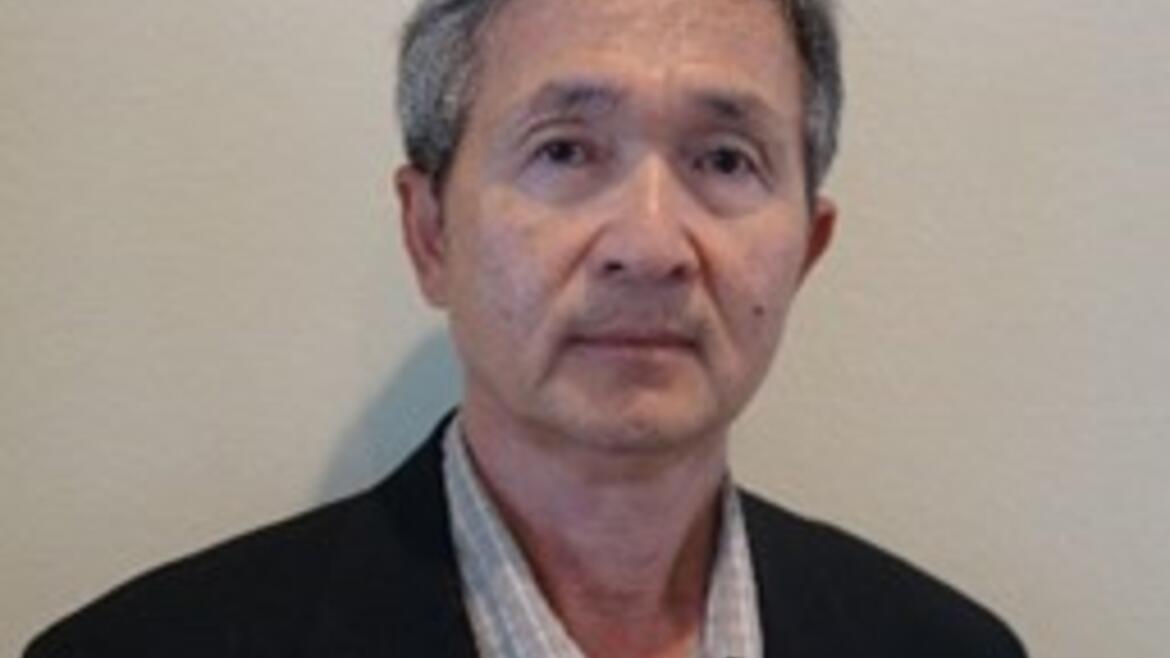Colloquium: Hee-Koo Moon

Heat Transfer Challenges in Gas Turbine Engine Designs
Hee-Koo Moon, Ph.D., P.E.
Manager, Heat Transfer Development Group
Solar Turbines Incorporated/A Caterpillar Company
San Diego
The gas turbine “jet” engine technology has made a remarkable progress over the last 80 years. It has brought world community closer and became an essential part of global economy. The very same technological advances have applied to the industrial version of gas turbine engine, especially to the mid-size industrial gas turbine design. Brayton (gas turbine) cycle is the thermodynamic cycle that mankind has spent the most amount of resource ever. The gas turbine engines embody thousands of precisely dimensioned parts operating at close clearances with high rotational speeds, temperatures, and pressures. For example, clearances of 5 x 10-5m are maintained between stationary and rotating parts at 0.46 m radius and over 10,000 rpm, in the presence of gas flows at over 30 bars and 1500 oC. The problems presented in designing such machines for thousands of hours of operation without failure continually tax the most advanced skills and knowledge across an extremely wide range of mechanical and material engineering. The most significant advantage of the gas turbine over other engines is the power density, which is directly proportional to Turbine Inlet Temperature (TIT). Consequently, single most contribution to the gas turbine technology can be credited to the heat transfer (cooling) technological advance. The present lecture discusses heat transfer’s role and challenges in the modern gas turbine engine design.
Dr. Hee-Koo Moon is currently Head of the Heat Transfer & Internal Air Systems Group at Solar Turbines Incorporated, a solely owned subsidiary of Caterpillar Company. He is managing/leading heat transfer engineers responsible for conceptual, preliminary, detailed heat transfer designs, and experimental/test validation of entire engine thermal systems. He is also responsible for defining the heat transfer/cooling technology strategy and processes, and for directing advanced heat transfer technology programs at both in-house (company heat transfer laboratory) and universities. He has co-authored over 130 papers in international journals and conferences (refereed). He is a fellow of ASME and active in the Heat Transfer Committee of the International Gas Turbine Institute. He is a co-inventor of 5 patents and 5 more in pending. Ph.D., M.S., B.S. (with honor) all from Arizona State University.